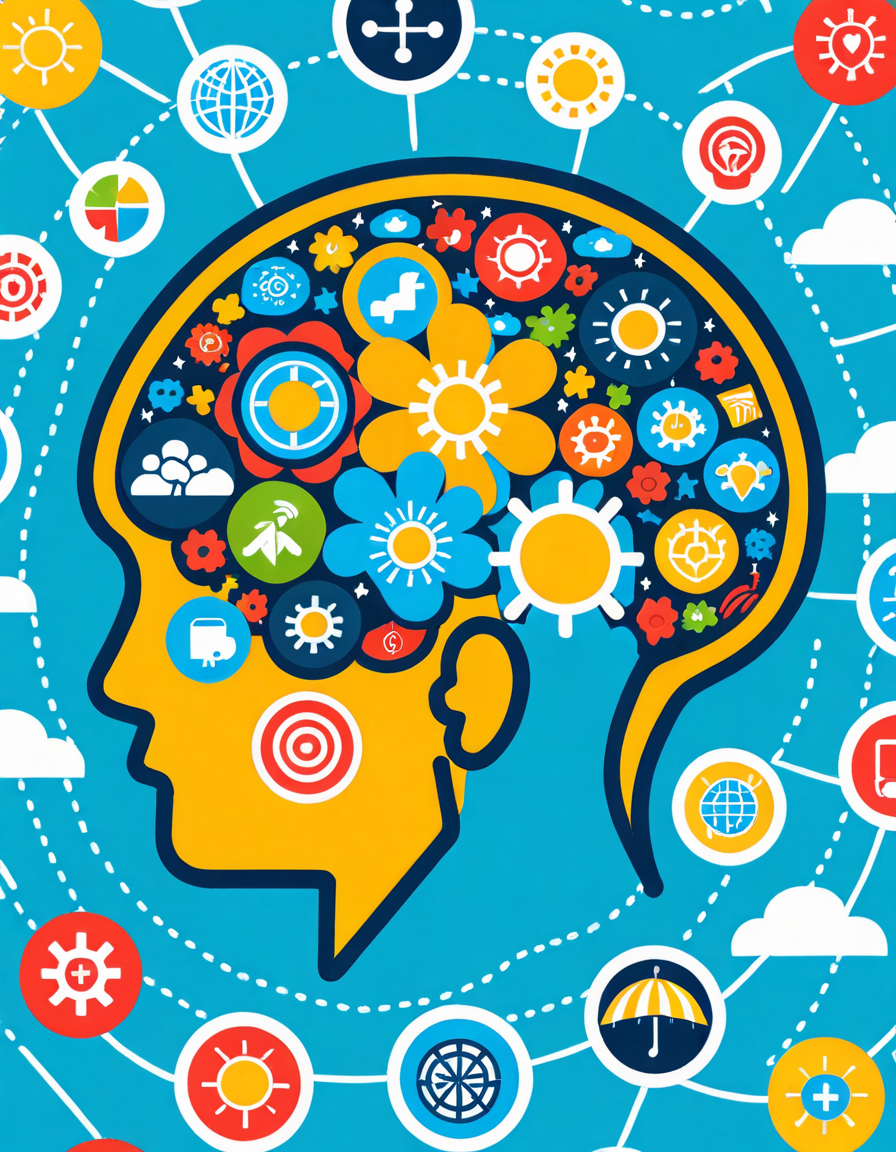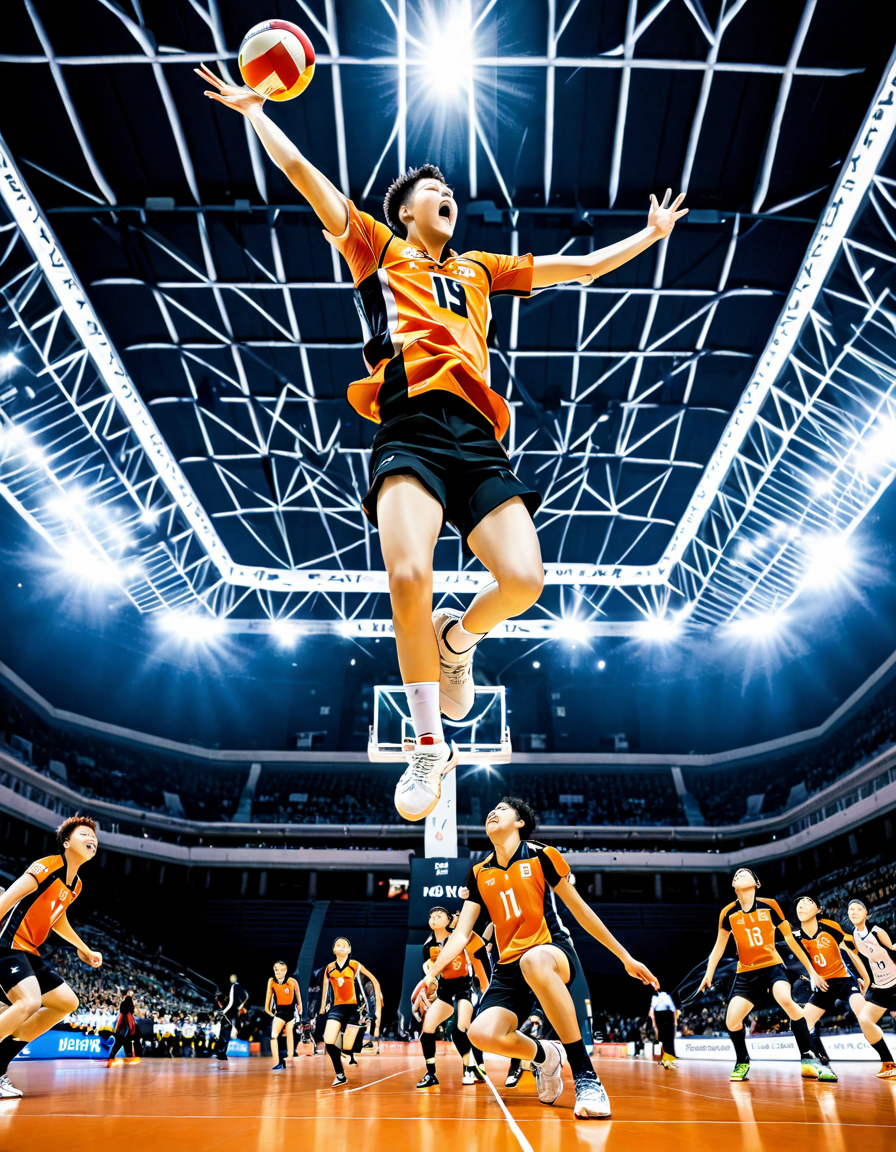Understanding Concussion: Risks and Implications for Every Athlete
Athletes in all sports face the alarming threat of concussions, a serious injury that can lead to long-lasting health issues. With the rise in awareness about concussions in recent years, understanding the dangers associated with this injury is critical. It’s time we talk about what concussions mean for athletes, their futures, and what they can do to protect themselves. Spreading knowledge is the key to prevention!
Concussions can range from mild to severe and can affect anyone, regardless of sport or level of play. Symptoms aren’t always obvious and can take time to appear, leaving athletes clueless about their condition. From football to soccer, sports enthusiasts must be aware of the signs and implications of concussions. Ignoring these signs can have dire consequences. So, let’s dive into the anatomy of concussions and discover the top risks every athlete should keep in mind.
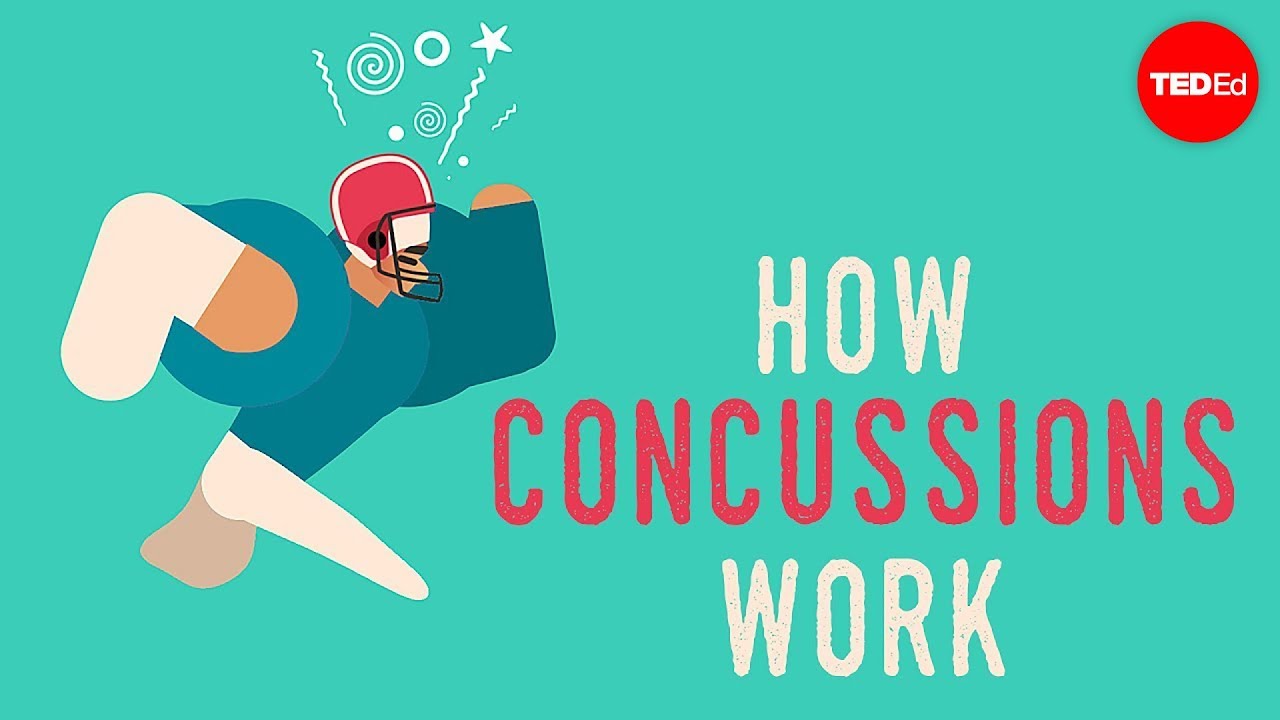
Top 7 Concussion Dangers That Athletes Should Know About
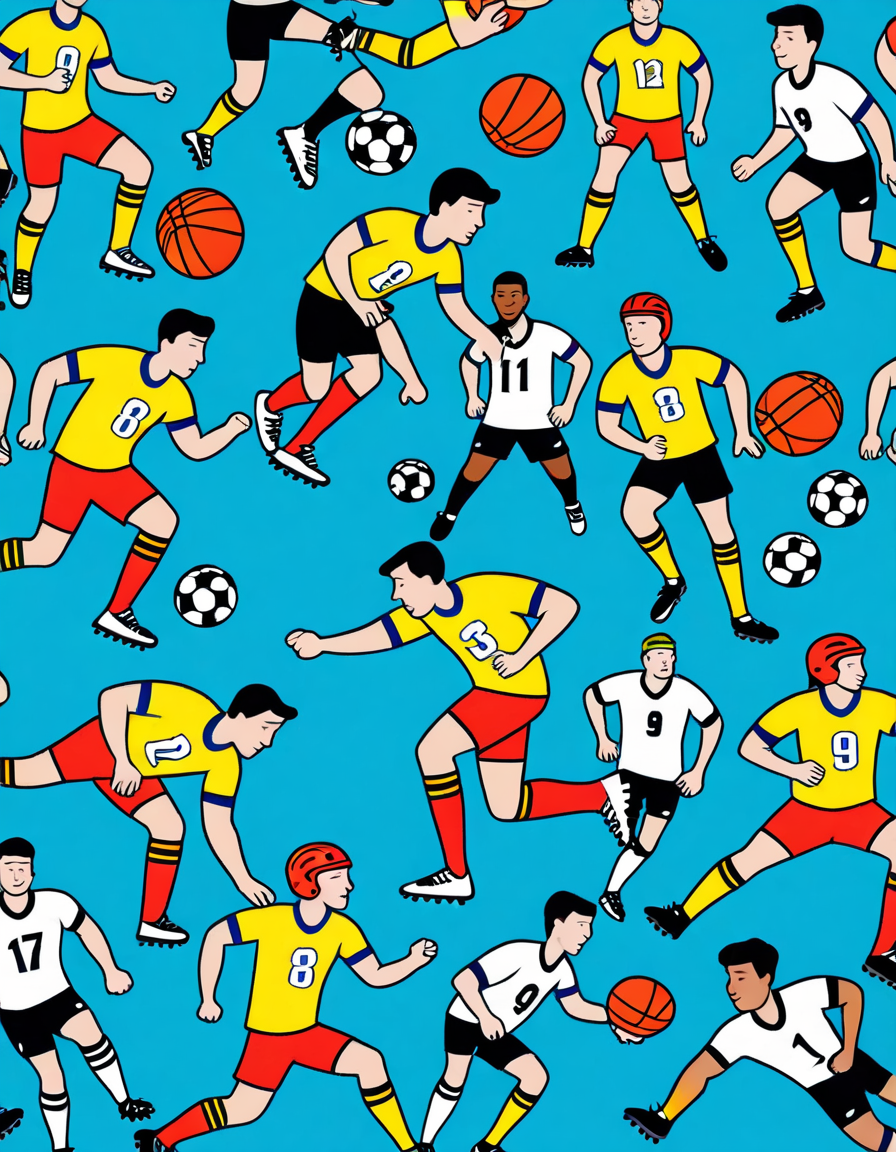
1. Potential for Long-term Brain Damage
First and foremost, repeated concussions can trigger Chronic Traumatic Encephalopathy (CTE), a degenerative brain disease that’s making headlines. The Boston University CTE Center has studied the link between multiple concussions and CTE extensively. Athletes like NFL legend Junior Seau and hockey player Derek Boogaard faced devastating outcomes from this issue, reminding us that concussions aren’t just a “getting back on the field” scenario.
CTE is a real concern. It doesn’t just come with headaches or dizziness; it can alter your entire life trajectory. It’s not worth risking your future for any game! Always prioritize your brain health before making that spectacular play.

2. Impact on Mental Health
Concussions do more than affect your physical state; they can hit your mental health hard. Research published in the Journal of Neuropsychiatry highlights how athletes suffering concussions may experience increased risks of anxiety and depression. Remember the story of former NFL player Aaron Hernandez? His struggle with severe mental health conditions was linked to concussions and left a tragic mark.
The mental repercussions can be more damaging than physical ones. Don’t disregard your feelings after an injury. Reach out for support and ensure you’re mentally checked out!
3. Risk of Second Impact Syndrome
Have you ever heard of second impact syndrome? It happens when someone experiences a second concussion before fully healing from the first. This can lead to rapid brain swelling and has been known to be fatal. The case of 19-year-old Sam Welter, a promising young athlete who tragically lost his life, spotlights the desperate need for better awareness and recovery protocols.
Athletes must understand that rushing back after an injury can be deadly. Allow your brain to heal! Patience is vital when it comes to concussion recovery.
4. Cancellation of Sporting Careers
Like many dreams, a concussion can abruptly end an athlete’s career. Consider hockey player Marc Savard, who suffered multiple concussions that thwarted his aspirations. This reality isn’t just about physicality; it can shatter lifelong dreams and aspirations in an instant. Athletes need to consider the implications of their injuries seriously.
The game can go on without you, but your life and well-being are what truly matter. Make smart choices about your health and career.
5. Increased Insurance Costs and Accountability Issues
Unmanaged concussion-related issues can significantly affect insurance costs for sports teams. It’s a tangible reminder of the need for appropriate safety measures. Schools and amateur leagues often face accountability issues due to a lack of proper protocols, leading to lawsuits like those against the NCAA.
Investing in player safety today can avoid both health crises and financial burdens tomorrow. Educate yourself on what those insurance policies cover when it comes to concussions!
6. Misdiagnosis and Inadequate Recovery Protocols
Far too often, athletes downplay their symptoms, fearing loss of playing time. This leads to misdiagnosis and can result in dire consequences, as seen in high-profile cases such as NFL quarterback Tua Tagovailoa. When a player’s health gets overlooked, it becomes a dangerous cycle.
Athletes must put their health first. Always communicate your symptoms and seek comprehensive assessments from medical professionals!
7. Social and Cultural Pressures
Lastly, let’s address the culture around sports. The pressure to “play through pain” can downplay concussion severity and jeopardize athletes’ long-term health. Although initiatives like the NFL’s “Concussion Awareness” campaign are giving voice to this issue, reshapings of attitudes take time and persistence.
Challenging the status quo is vital. Let’s support a culture that promotes safety over toughness. Playing smart means a longer career!
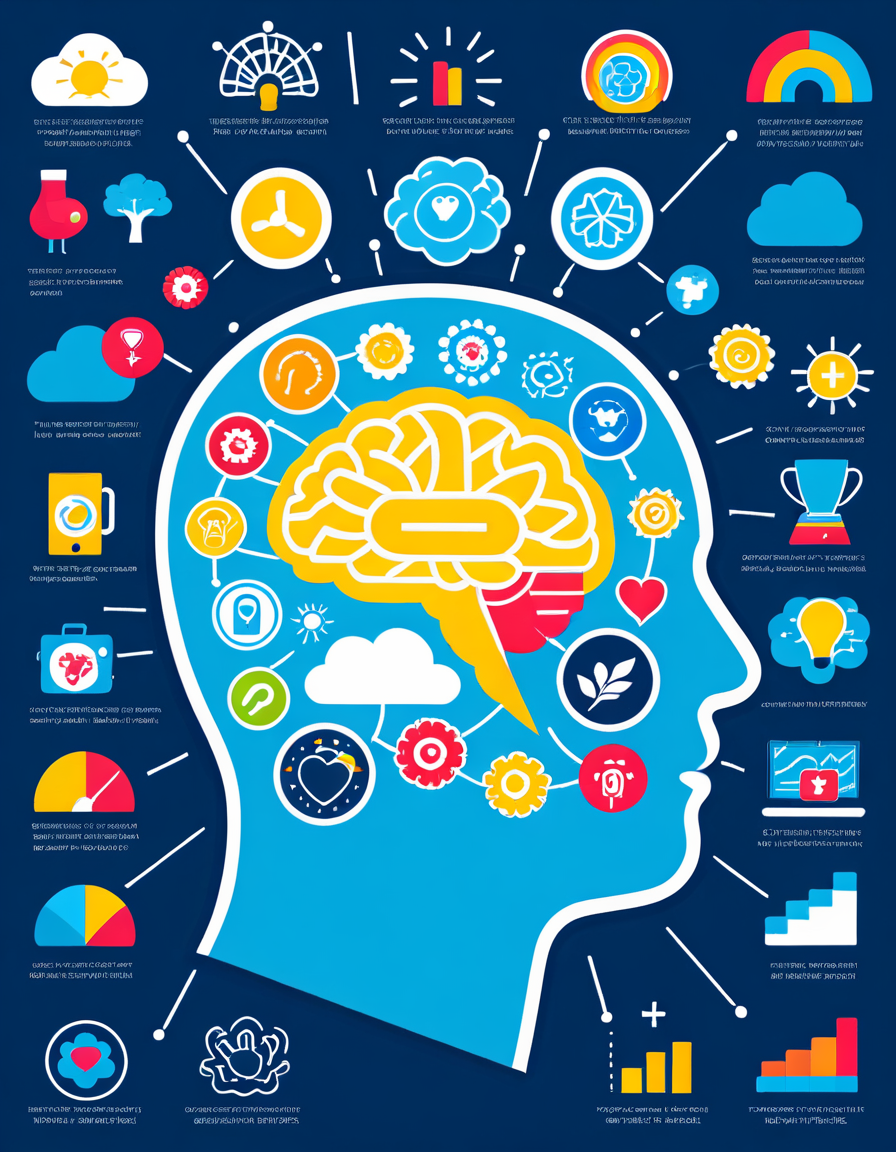
Navigating the Landscape of Concussion Awareness
As athletes, coaches, families, and the community work hand-in-hand to prioritize sports safety, fostering open lines of communication about concussion symptoms is vital. Information, training, and support create a solid framework for reducing these risks. Everyone from parents to officials needs to recognize the importance of advocating for health.
Let’s come together to raise awareness, enforce stricter safety protocols, and build educational programs for our active community. Remember that prioritizing health is not burdensome; it’s an investment in everyone’s future. Make sure to stay informed, involve yourself in discussions, and never hesitate to express concerns about athlete safety.
The message is clear: concussion dangers are real and present. Knowledge is your first line of defense against them. Whether you’re a player like Camila Alves or a star like Alfonso Ribeiro, prioritize understanding and tackling concussions head-on. It’s not just about the game—it’s about protecting lives!
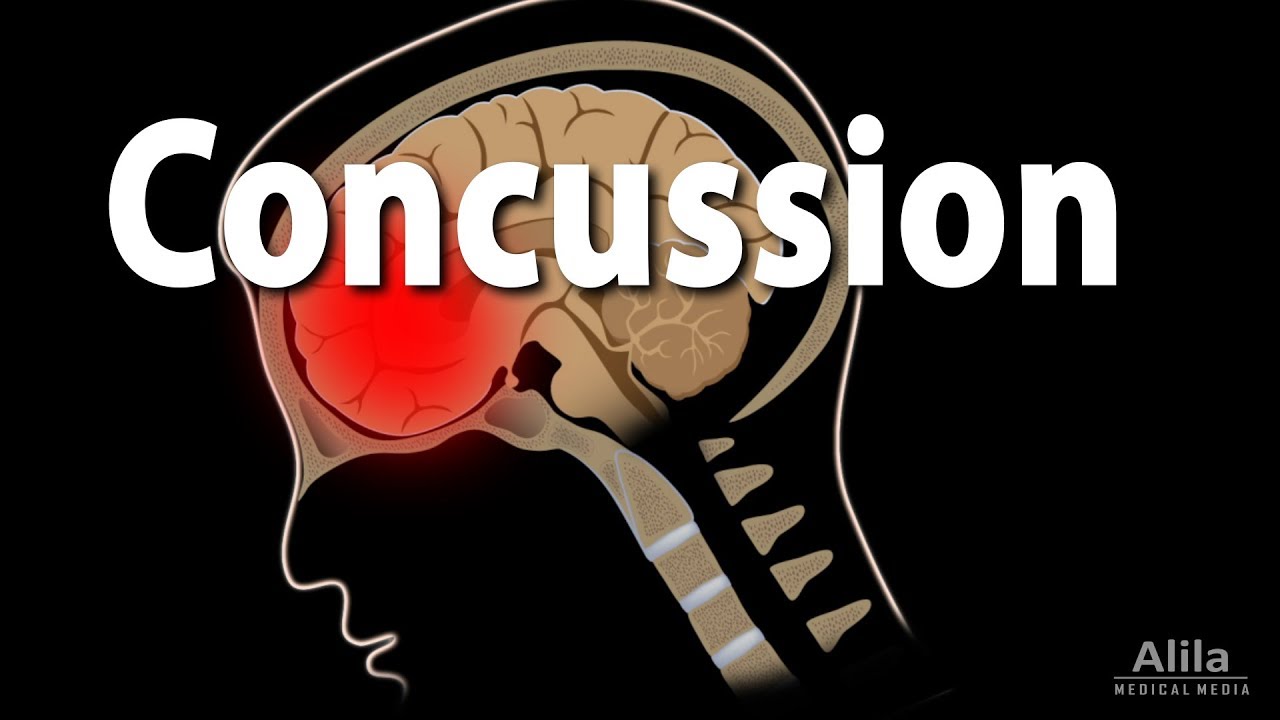
Concussion: The Hidden Risks Every Athlete Should Know
Did You Know?
Concussions are no joke. In fact, they remain one of the most misunderstood injuries in sports, often brushed off as a mere bump on the head. According to recent studies, athletes experience over 50 different symptoms related to concussions, which can last long after the game is over. It’s crucial to recognize these symptoms, as showcasing tyranny over one’s own health—ignoring warning signs—could lead to serious repercussions later on.
In a shocking example, rising star Mike Danna suffered a concussion during college football, raising awareness about the severity of such injuries. He’s just one of many who illustrate the importance of recognizing and addressing these issues head-on, especially for young athletes. Even celebrities like Cameron Boyce And his pattern of unexplained health issues have brought necessary attention to how brain health intertwines with physical activity. This spotlight is essential since many athletes remain unknowingly susceptible to repeated head injuries, which is a recipe for disaster.
Unpacking Misconceptions
Many folks think a concussion only happens during violent collisions or tackles, but that’s far from the truth. It can occur from minor bumps or even whiplash movements. Remember the Epstein saga? He underscores the need for attention to head injuries, illuminating how critical communication about concussion dangers truly is. But here’s the kicker: athletes often feel pressured to return to play for fear of losing their position or being sidelined. Ignoring concussion symptoms, whether it’s for school, youth sports, or professional events, can cost an athlete their career—and health.
As it turns out, the risk of a second concussion increases significantly if the first one isn’t completely healed. It’s a cascading effect, much like an Hmo And Ppo insurance explaining the costs of care that can stack up if not addressed early. Further, post-concussion syndrome can last several months, turning a seemingly straightforward injury into an ongoing challenge. So, it’s vital to prioritize recovery over a quick return to activity, keeping in mind that no game is worth risking one’s long-term cognitive health.
